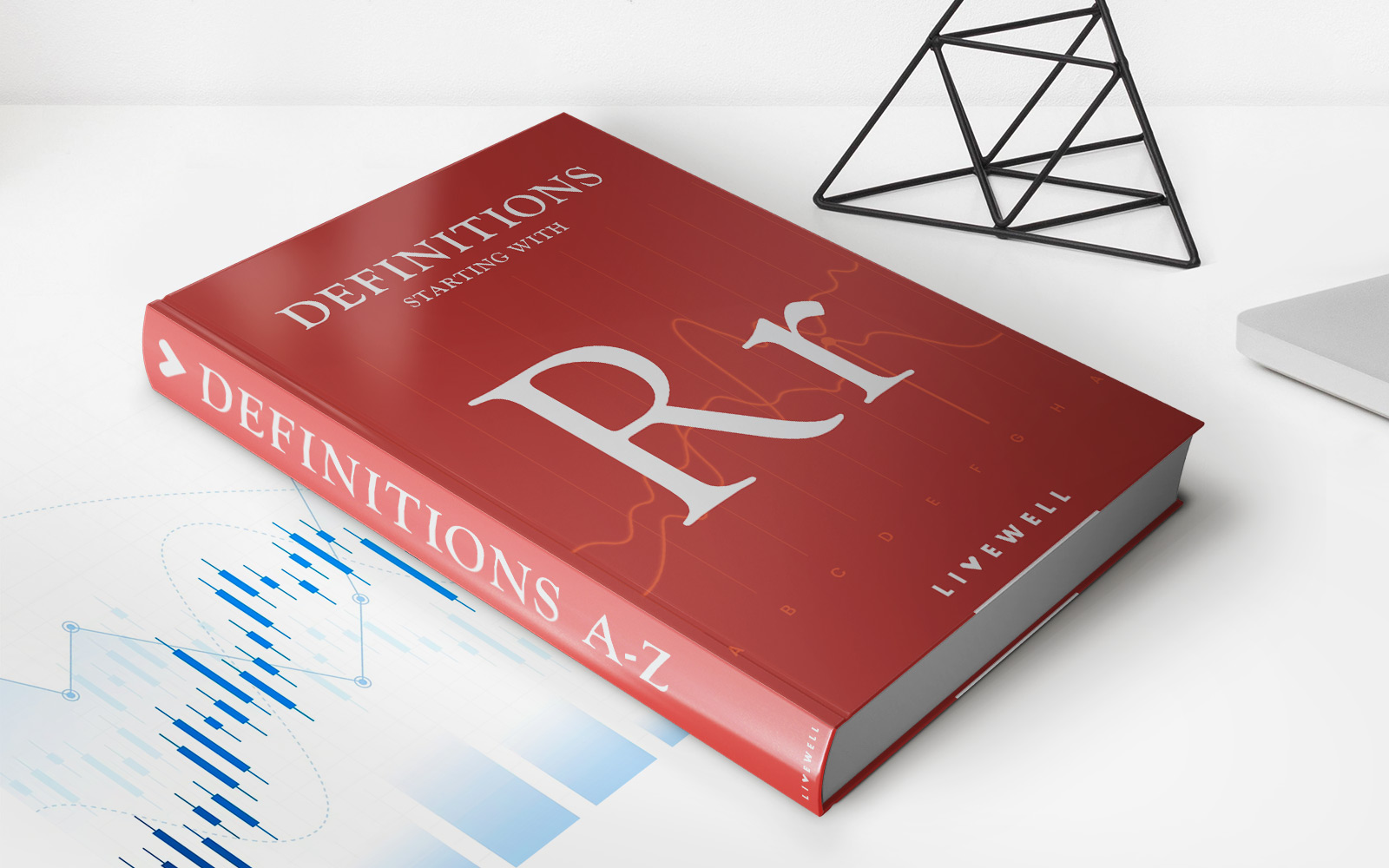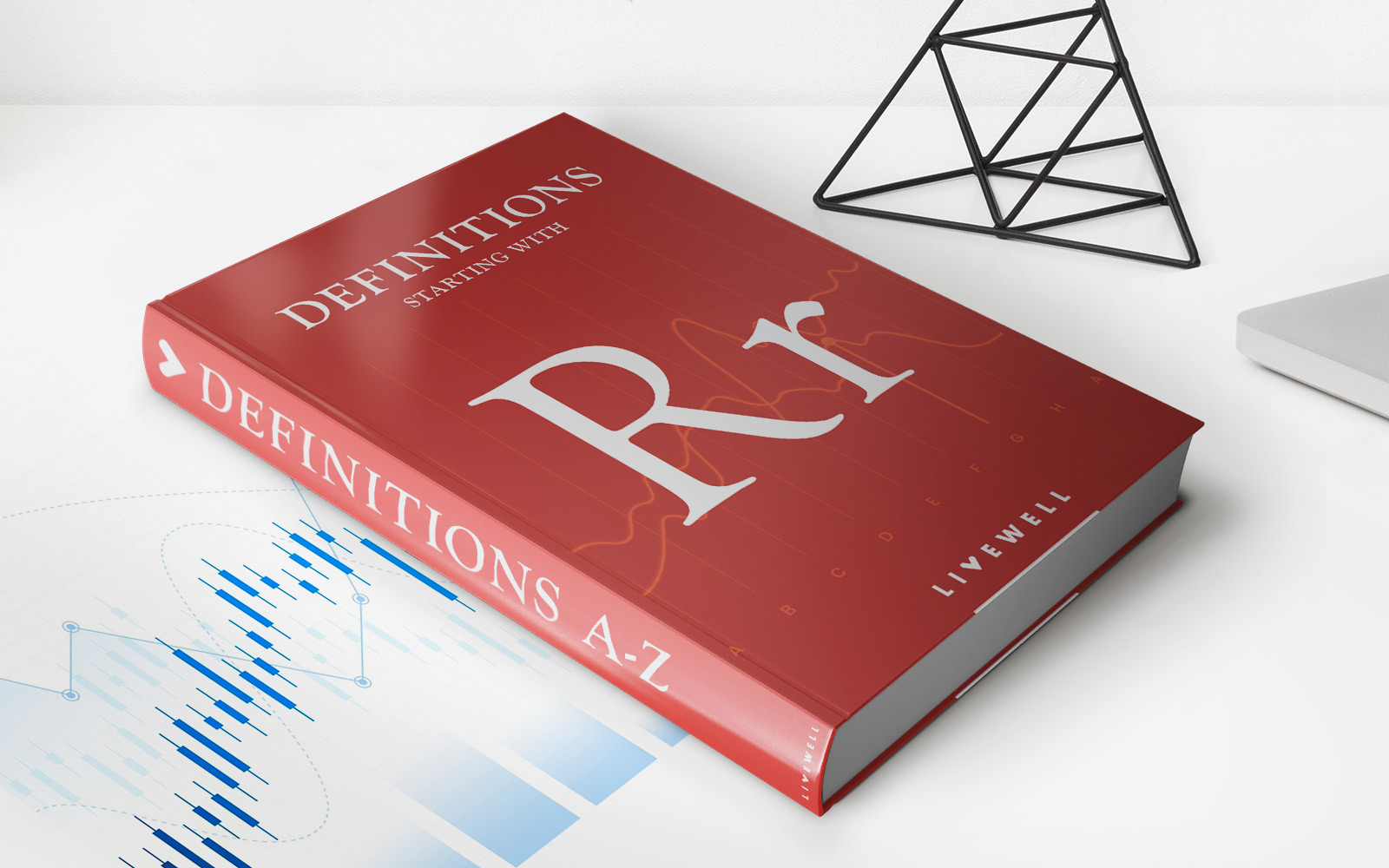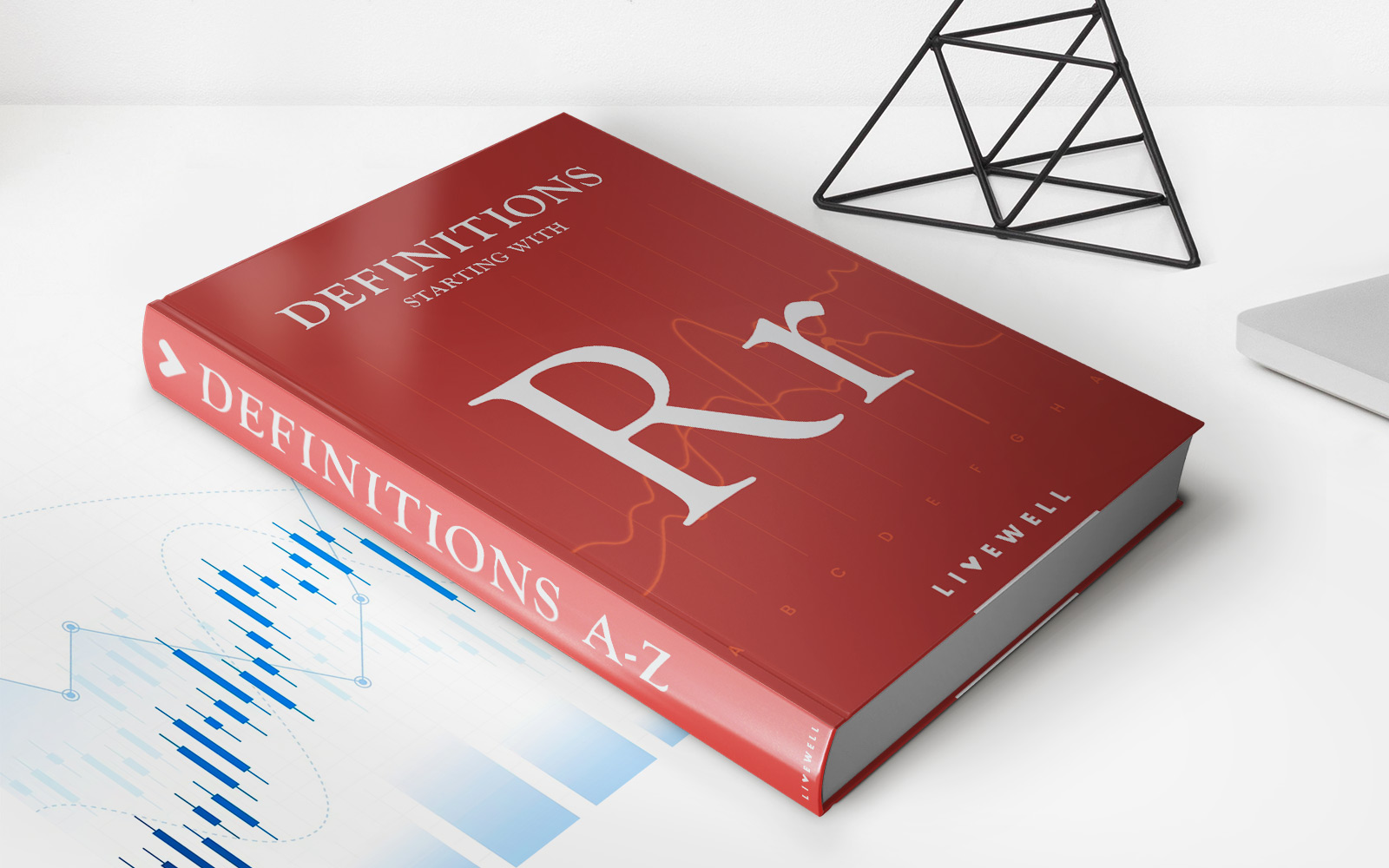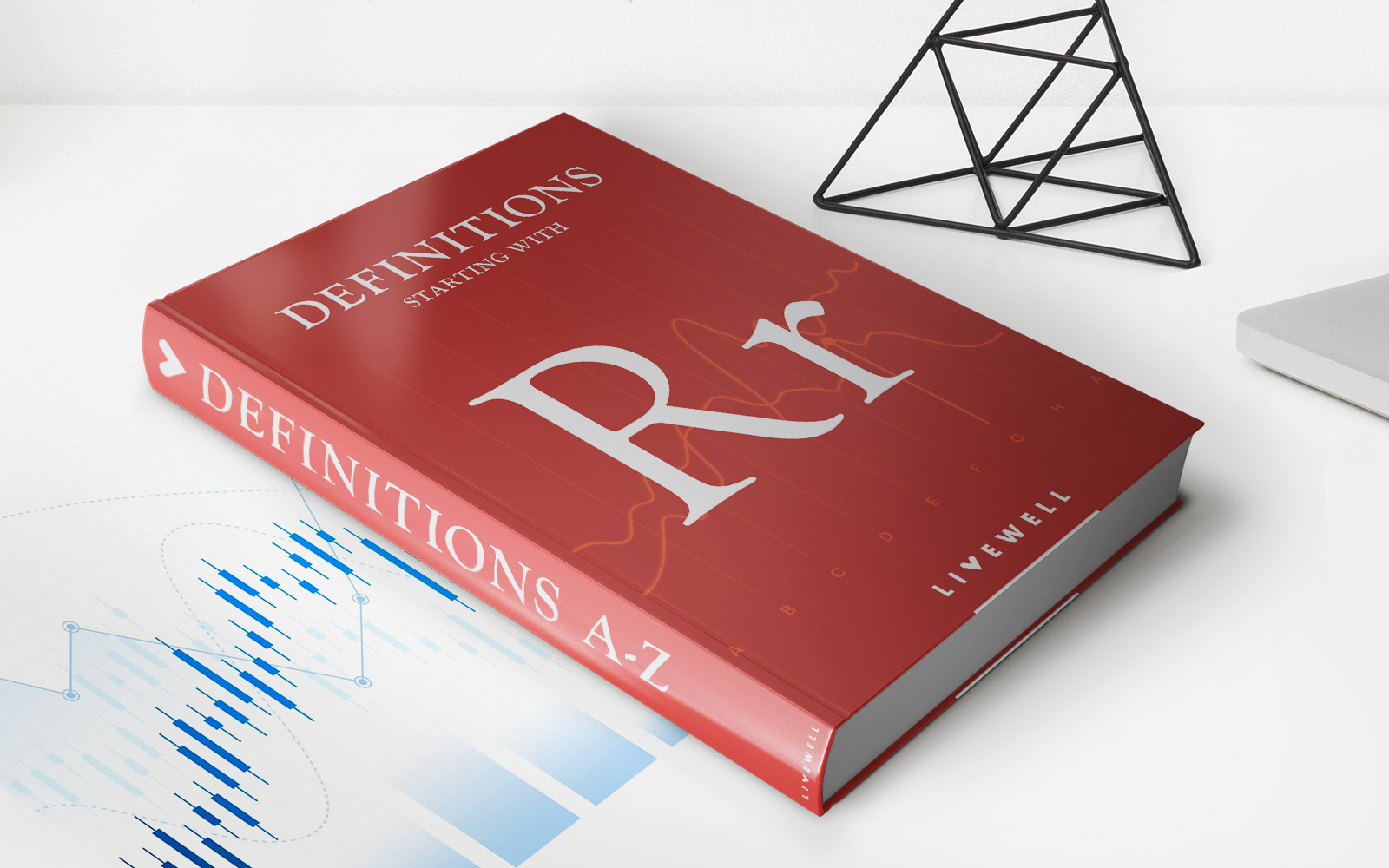Home>Finance>Risk-Based Capital Requirement: Definition, Calculation, Tiers


Finance
Risk-Based Capital Requirement: Definition, Calculation, Tiers
Published: January 21, 2024
Learn about risk-based capital requirement in finance, including its definition and calculation method. Discover the different tiers and their significance in capital management.
(Many of the links in this article redirect to a specific reviewed product. Your purchase of these products through affiliate links helps to generate commission for LiveWell, at no extra cost. Learn more)
The Importance of Understanding Risk-Based Capital Requirements
In the world of finance, there are many regulations and requirements that companies must adhere to in order to maintain stability and protect both themselves and their customers. One such requirement is risk-based capital (RBC) requirement. But what exactly does this term mean, and how does it impact businesses? In this article, we will explore the definition, calculation, and tiers of risk-based capital requirements, providing you with a comprehensive understanding of this crucial aspect of the financial industry.
Key Takeaways
- Risk-based capital requirements (RBC) are regulations that determine the minimum amount of capital that financial institutions must hold to cover potential losses arising from various risks.
- The calculation of RBC for a company involves assessing its risk profile and assigning specific capital charges to different levels of risk, such as credit risk, market risk, and operational risk.
What are Risk-Based Capital Requirements?
Risk-based capital requirements, in essence, are regulations put in place by regulatory bodies to ensure that financial institutions maintain adequate capital levels to withstand potential losses. These requirements are designed to protect the stability of the financial system and minimize the risk of insolvency.
The calculation of risk-based capital for a company involves assessing its risk profile and assigning specific capital charges to different levels of risk. These risks include credit risk, market risk, and operational risk. By calculating the capital charges associated with each risk, companies can determine the minimum amount of capital they need to hold to cover potential losses.
The Calculation of Risk-Based Capital Requirements
The calculation of risk-based capital requirements can be complex, as it involves taking into account various factors and risks. However, it typically follows a similar process:
- Identify and categorize risks: The first step is to identify and categorize the various risks the company may face, such as credit risk, market risk, and operational risk.
- Assign risk weights: Next, each risk is assigned a risk weight, which represents the level of potential losses associated with that particular risk.
- Calculate risk-weighted assets: The risk weights assigned to each risk are then multiplied by the value of the assets exposed to those risks, resulting in the calculation of risk-weighted assets.
- Determine minimum capital requirements: Finally, the risk-weighted assets are multiplied by a predetermined minimum capital requirement ratio set by regulatory bodies to arrive at the minimum amount of capital the company must hold.
Tiers of Risk-Based Capital Requirements
There are typically three tiers of risk-based capital requirements, each representing a different level of risk and capital adequacy:
- Tier 1 Capital: This is the highest quality capital and includes equity (common stock) and disclosed reserves, making it the most reliable and stable form of capital.
- Tier 2 Capital: This includes subordinated debt, hybrid capital instruments, and undisclosed reserves. It is considered less reliable than Tier 1 capital but still contributes to a company’s capital adequacy.
- Tier 3 Capital: This tier is applicable to specific institutions and includes short-term subordinated debt. It is the riskiest form of capital and only considered for systemic risk purposes.
In Conclusion
Risk-based capital requirements play a crucial role in maintaining the stability and integrity of the financial industry. By understanding the definition, calculation, and tiers of these requirements, companies can ensure they have the necessary capital to cover potential losses and comply with regulatory standards. It is essential for financial institutions to regularly evaluate their risk profiles and adjust their risk-based capital accordingly, as changes in the market and industry conditions can impact their capital adequacy.
Are you interested in learning more about risk-based capital requirements and how they may affect your business? Reach out to our team of financial experts who can provide you with comprehensive guidance and support.














